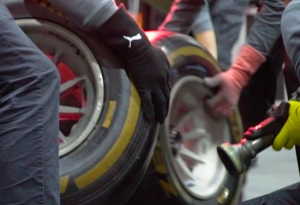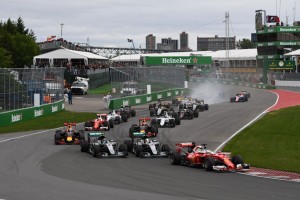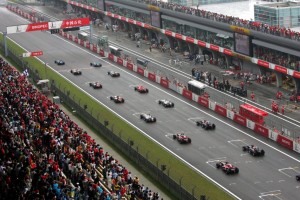1- Faster cars.
The cars will become 20 cm wider, the rear spoiler will be mounted up to 14 cm closer to the ground and the front would be 15 cm longer. This situation caused important changes in the speed of the cars, meaning almost 6 km / h faster per turn, a delay in the braking zone of 40 meters and faster laps, about 3 or 4 seconds.

2- Aerodynamics will be key
Changes in the size of flaps and the inclusion by many teams of the ‘shark fin’ will cause air flow control to become a more indispensable element than in recent years. However, the basic piece in this gear will become the floor of the vehicle, with a significant increase of ‘downforce’.
3– Changes in the tyres
The tyres of the cars have changed in size. The front tire will be 60 millimeters wider, while the rear tire has grown by 80 millimeters. Although the tire remains at 13 inches, the size of the rubber will increase by 25% compared to last season and, with it, the speed of cars will increase with more contact surface with the track. This situation will lead to a greater durability of the tire, which will have two key readings: on the one hand, it will be more difficult to overtake and, on the other, will reduce the number of pit stops, so the strategy will have less weight.

4- Less restrictive ‘battles’
Wider cars and harder compounds would make overtaking difficult. However, this year touches on the overtaking will be allowed, as long as they do not compromise the safety of the pilots, and in general, there will be less restrictions when it comes to ‘fair’ battles.

5- Standing start after safety car
In races with rain, the ‘safety car’ will go out and the cars will be behind, so that the drivers can see where the compromised areas are in the track. After two laps, the ‘safety car’ will go into ‘boxes’ and the cars will occupy the grid to start the race, as if it were a normal start.

Leave a Reply
You must be logged in to post a comment.